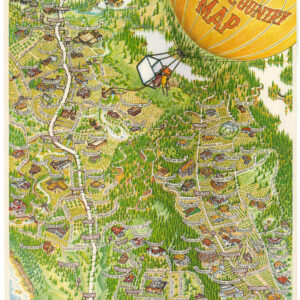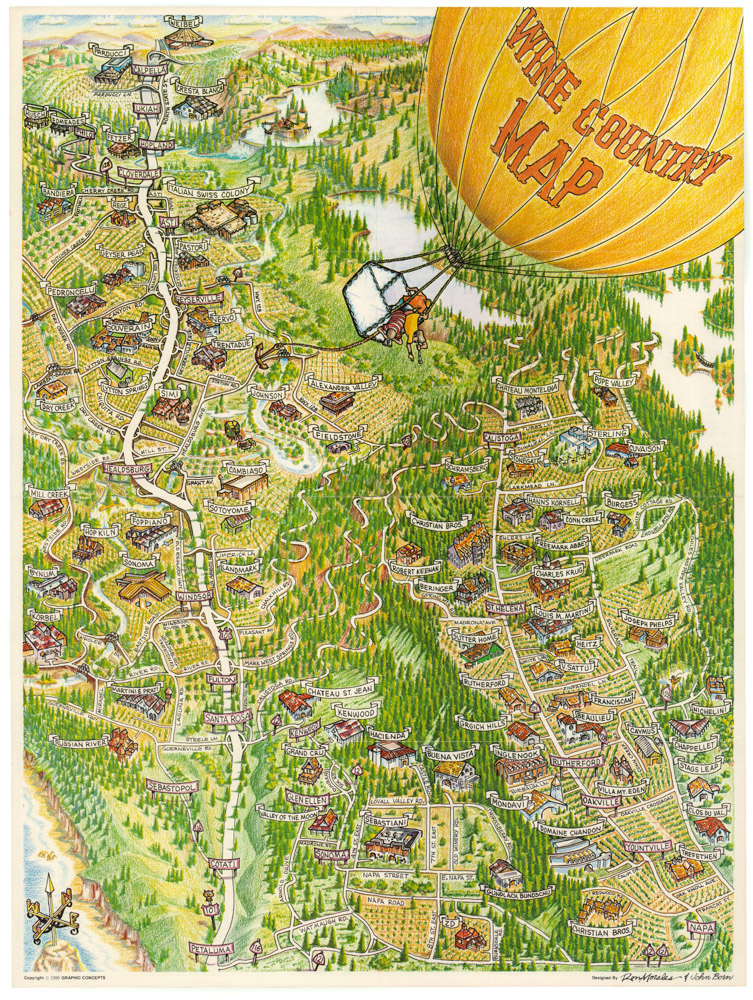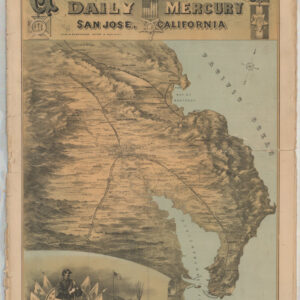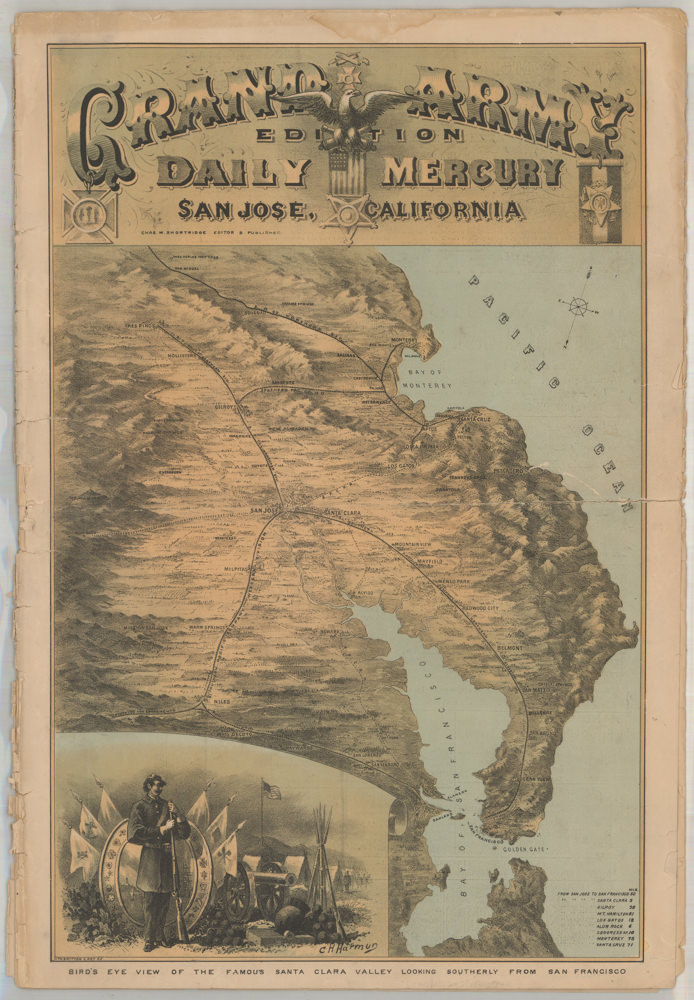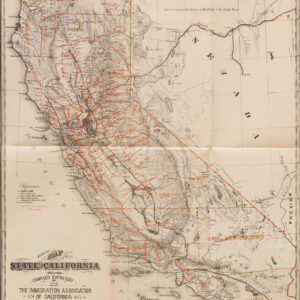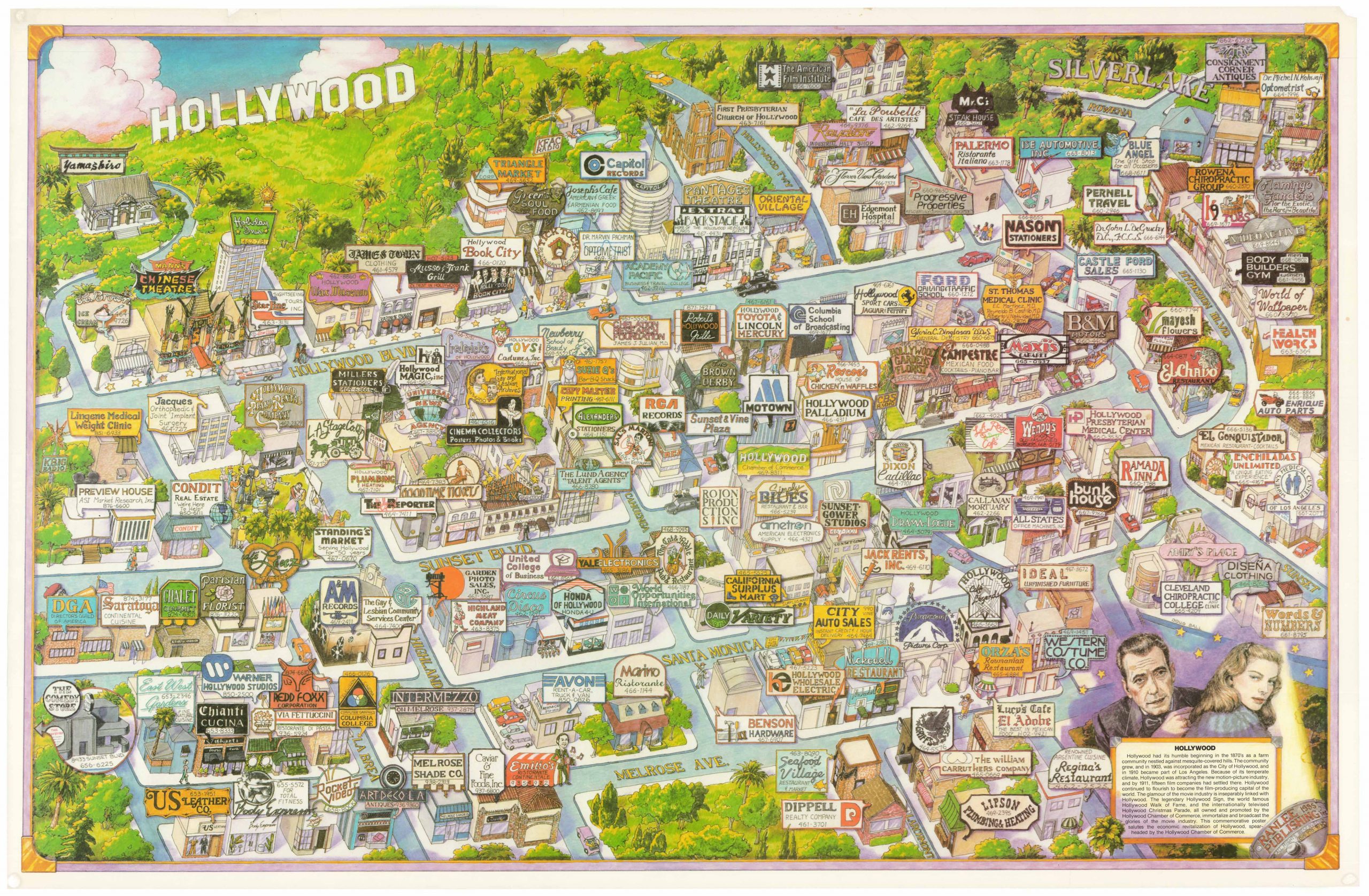Pacific Panorama: Keller’s Visual Tapestry of the West Coast.
Scenes on the Pacific Coast.
$2,800
1 in stock
Description
Scenes of the Pacific Coast is an exceptional 1880 lithograph featuring a compilation of vignettes derived from original sketches and photographs by renowned American artist Charles Frederick Keller. This striking lithograph was published as a supplement to the Illustrated Wasp magazine (vol. 5, no. 229), issued on Christmas Day that year. Keller’s collection is an ode to the diversity and scenic beauty of the West Coast during California’s early industrial era.
The lithograph encapsulates the essence of the Pacific Coast through a series of dynamic and gorgeous vignettes that capture key landmarks and facets of life on America’s Pacific Rim. Each vignette portrays a distinct aspect of the region’s cultural, industrial, and natural highlights, from the iconic Missions of California to the state’s bustling harbors, which feature a plethora of different ships, as well as the advent of railroads. Keller captures all of these crucial elements in California’s rapidly evolving landscape.
The vignettes span a wide array of subjects, from the majestic Yosemite Valley to the bustling cityscape of San Francisco to specific landmarks like the Cliff House and Mission Dolores. In unison, these evocative images provide a highly diversified impression of the region’s historic architecture and natural wonders like the Calaveras Big Trees and Vernal Falls in Yosemite Valley. As a promotion of the West Coast, Keller’s lithograph also delves into an array of maritime activities with depictions of California whaling, the Mare Island Navy Yard, and scenes portraying ships traversing the Golden Gate.
The print’s high artistic quality lies in its ability to transport the viewer across the diverse landscapes of America’s Pacific Coast. Its vivid and detailed portrayal of the various scenes offers a comprehensive glimpse into the multifaceted tapestry of life, culture, industry, and natural beauty along the western frontier during that era.
Census
We have identified only a single institutional holding of this rare print at the California State Library (Calisphere identifier 001453180CSL01-Aleph). The OCLC does not list any institutional holdings.
Cartographer(s):
Charles Frederick Keller (1852 –1928) was a third-generation artist who left an indelible mark on the canvas of American artistry. Born in Milwaukee in 1852, Keller displayed an innate talent for painting from an early age. His formative years saw him excel academically while nurturing his self-taught skills in painting, encouraged by the artistic legacy of his father and grandfather. Keller’s creative journey commenced with exhibitions of his work at a young age, marking the beginning of a prolific career.
In 1885, Keller embarked on a journey to Europe to study at the Royal Academy of Art in Munich. This period honed his artistic prowess and exposed him to the influential Munich School style, characterized by its naturalistic approach and profound chiaroscuro.
Returning to the United States in 1892, Keller settled in New York City, embracing a dual career as a commercial artist while passionately painting in his studio during spare moments. At the same time, he was closely involved with artistic communities like the Art Students League and the Salmagundi Club. Keller’s legacy endures through his diverse body of work, including exhibited pieces like The Sheep-fold showcased at the groundbreaking New York First Annual Exhibition of The Society of Independent Artists.
Keller’s canvases are imbued with a profound depth of emotion and a masterful portrayal of scenes ranging from pastoral landscapes to poignant portraits. His passing in 1928 marked the end of a prolific artistic journey that continues to resonate through the halls of American artistry, leaving behind an enduring legacy of creativity and dedication to his craft.
The WaspThe Wasp, an American weekly satirical magazine that is alternatively recognized as The Illustrated Wasp, The San Francisco Illustrated Wasp, and The Wasp News-Letter, originated in San Francisco in 1876. The magazine underwent various name changes throughout its existence until its closure in 1941.
Condition Description
Professionally restored, with some scattered infill.
References
